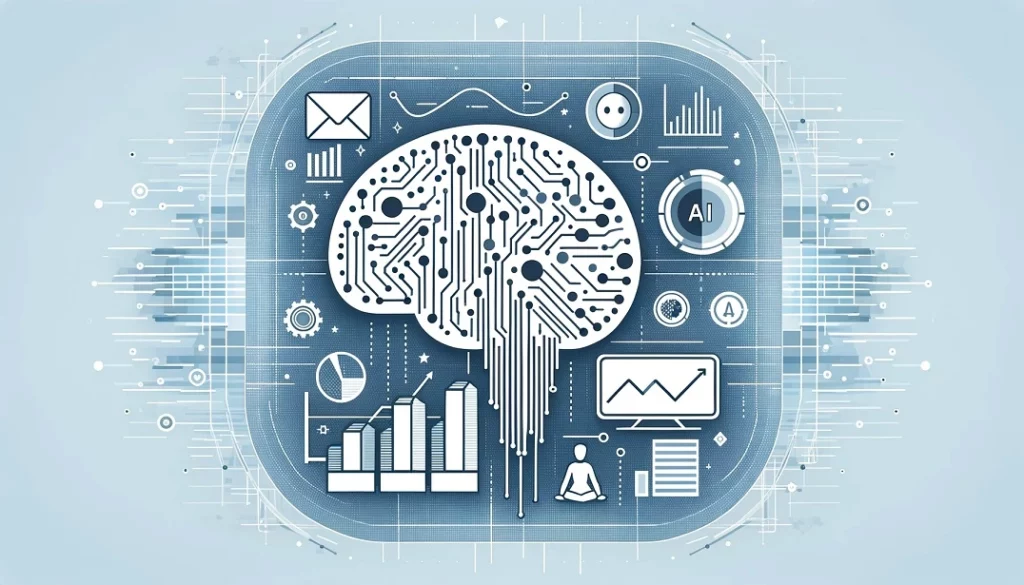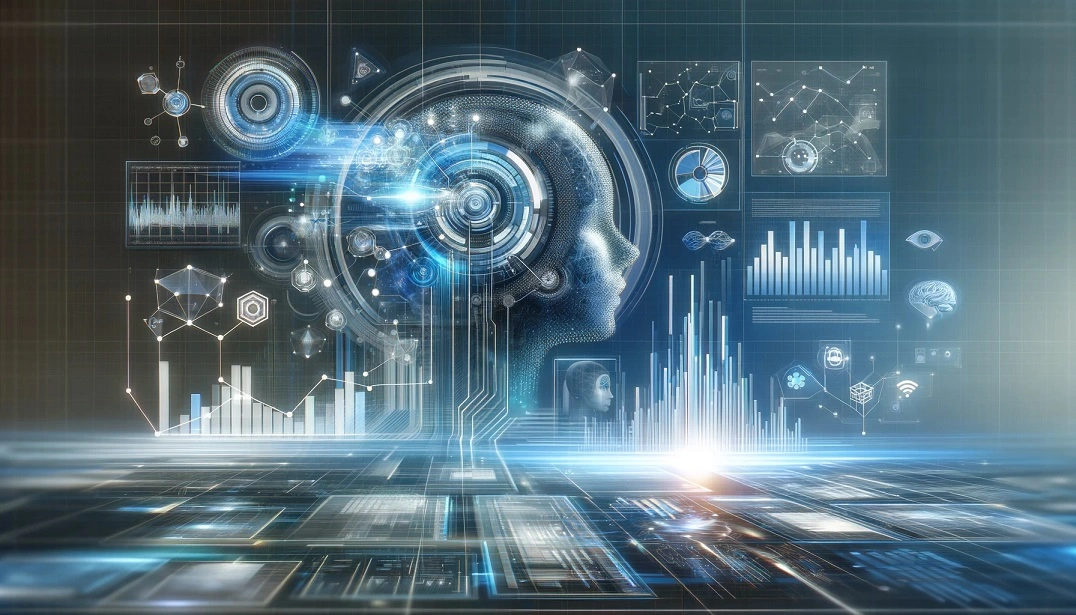The Evolution of Business Forecasting
Business forecasting has undergone a significant transformation over the years. From relying on traditional methods that often resembled educated guesswork, the field has advanced to embrace data-driven approaches. However, the real game-changer has been the integration of AI.
This evolution is more than just an upgrade; it’s a complete overhaul of how businesses predict trends, customer behaviors, and market dynamics. AI has brought with it an ability to analyze vast amounts of data, learn from patterns, and provide insights that were previously unimaginable.
But this change didn’t happen overnight. The journey from spreadsheets to sophisticated AI algorithms reflects the growing complexity of business environments. Markets today are more volatile, consumer preferences shift rapidly, and the sheer volume of data available is overwhelming. AI steps in as a powerful tool to sift through this data, offering clarity and foresight in an increasingly unpredictable world.
Read also: Deep Learning Breakthroughs in 2024
Understanding AI in Business Forecasting

To grasp how AI is transforming business forecasting, we must first understand its mechanics. At its core, AI in business forecasting employs machine learning algorithms to analyze historical data and predict future trends. These algorithms are capable of identifying patterns and relationships in data that are too subtle or complex for human analysts to detect.
The real power of AI lies in its learning capability. Unlike static traditional models, AI algorithms improve over time. They learn from new data, adapt to changing conditions, and continuously refine their predictions. This dynamic approach enables businesses to make more accurate forecasts, reducing risks and capitalizing on emerging opportunities.
Benefits of AI in Forecasting for Businesses
The benefits of incorporating AI into business forecasting are manifold. Firstly, AI dramatically enhances the accuracy of forecasts. By analyzing large datasets and learning from patterns, AI can predict future trends with a precision that traditional methods can’t match. This accuracy is crucial for businesses in making informed strategic decisions, from inventory management to market expansion.
AI also brings unparalleled efficiency to the forecasting process. What used to take days or weeks can now be accomplished in hours or even minutes. This speed allows businesses to react swiftly to market changes, staying ahead of competitors who still rely on slower, traditional forecasting methods.
Challenges and Considerations
However, integrating AI into business forecasting is not without its challenges. One of the primary hurdles is the quality and quantity of data required. AI algorithms need vast amounts of relevant, high-quality data to function effectively. Businesses must ensure that their data collection processes are up to the task.
Another consideration is the complexity of AI systems. Implementing and maintaining these systems requires a certain level of technical expertise. Businesses must invest in training and possibly hiring new talent to leverage AI effectively in their forecasting efforts.
The Future of AI in Business Forecasting
Looking ahead, the future of AI in business forecasting is bright and brimming with potential. As AI technology continues to evolve, its accuracy and capabilities will only increase. We can expect AI to become more intuitive, more user-friendly, and even more integrated into the decision-making process.
This advancement will likely lead to AI becoming a standard tool in business forecasting across industries. From retail to finance, companies that adopt AI in their forecasting processes will gain a significant competitive edge.
Conclusion
AI in business forecasting is not just a trend; it’s a transformative force that’s reshaping the landscape of business strategy. Its ability to provide accurate, efficient, and dynamic forecasts is revolutionizing the way businesses plan for the future. As we embrace this era of AI-driven insights, it becomes clear that the businesses that will thrive are those that harness the power of AI to foresee and adapt to the ever-changing market dynamics.
The journey into AI in business forecasting is one of innovation, adaptation, and foresight, offering a clearer path through the complexities of today’s business world.








